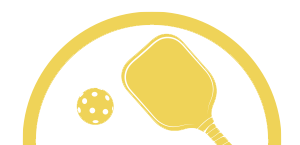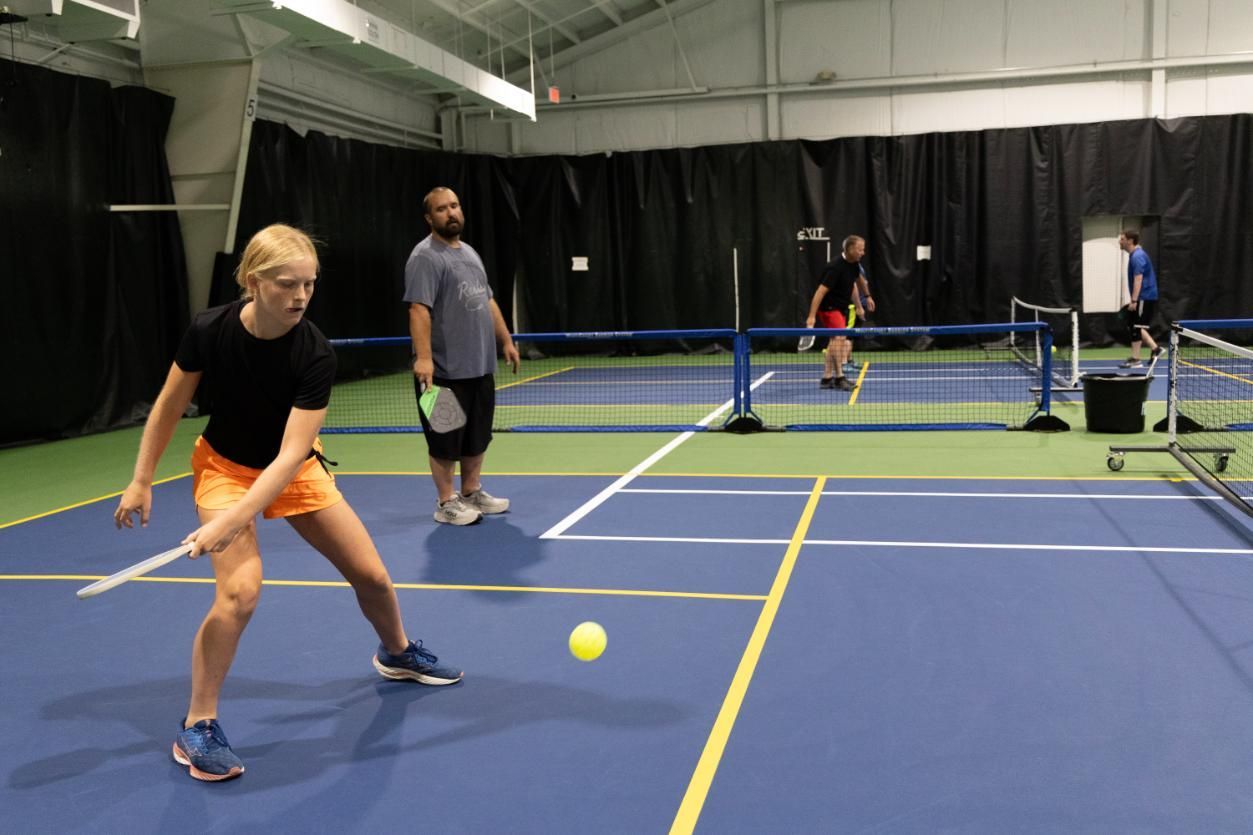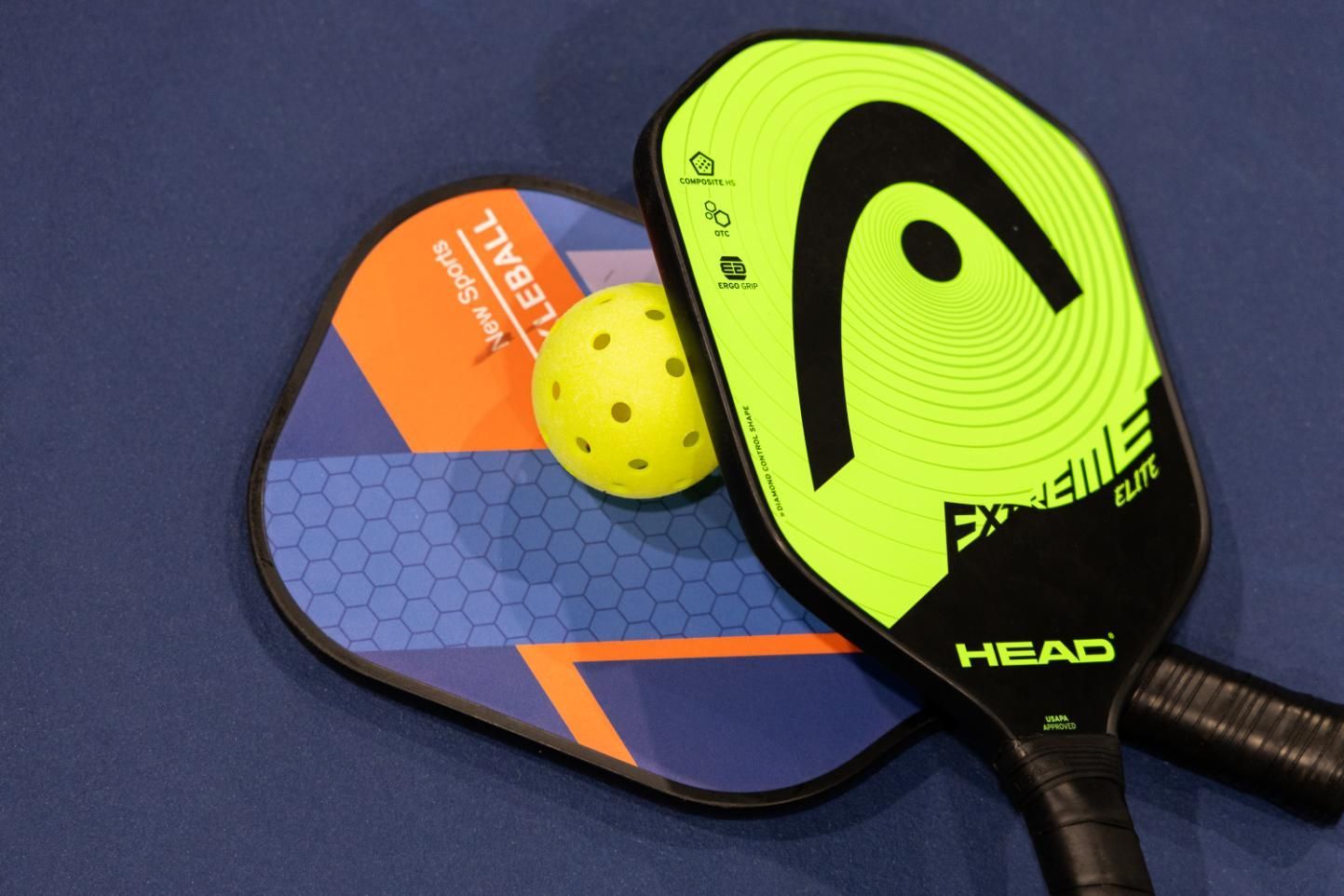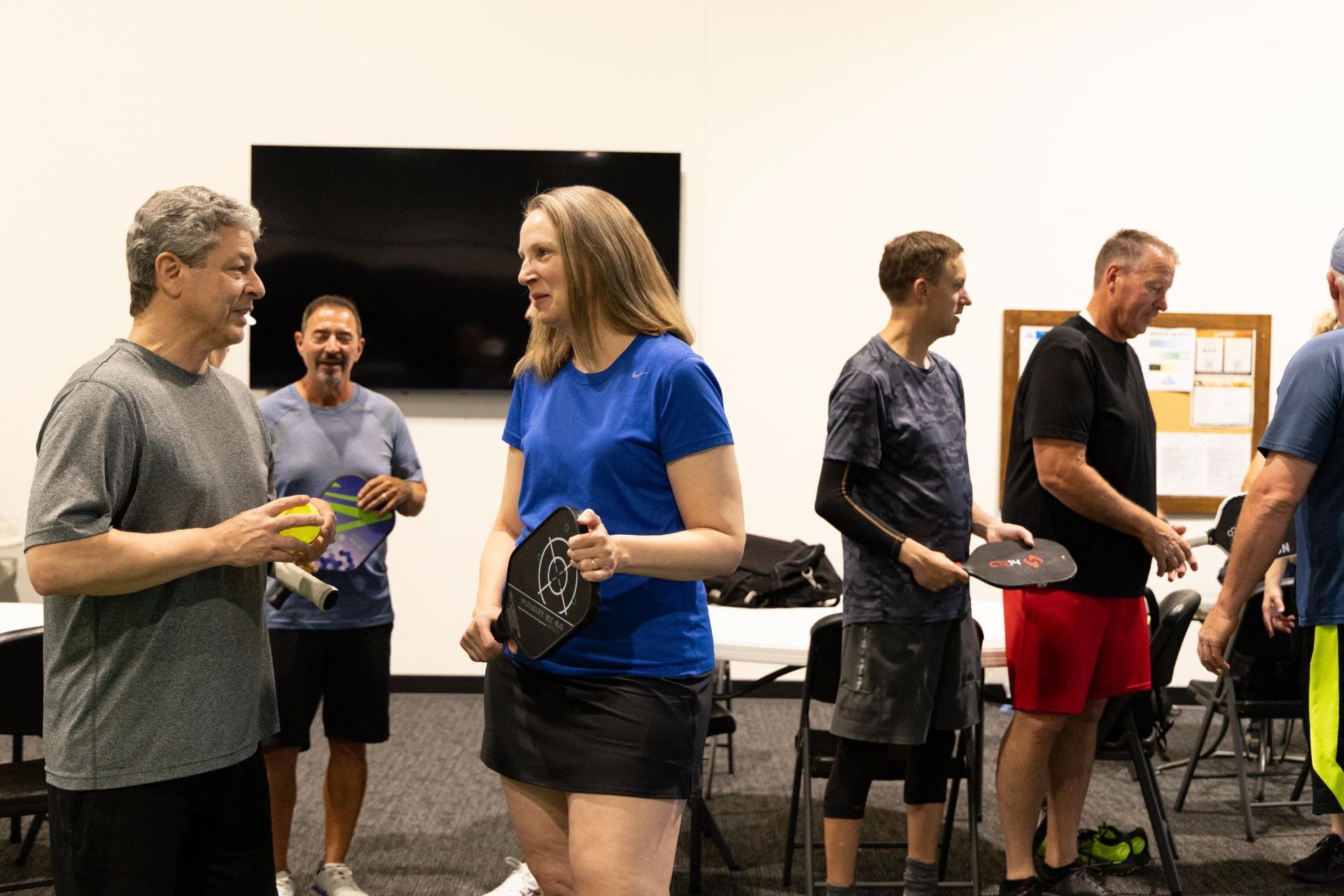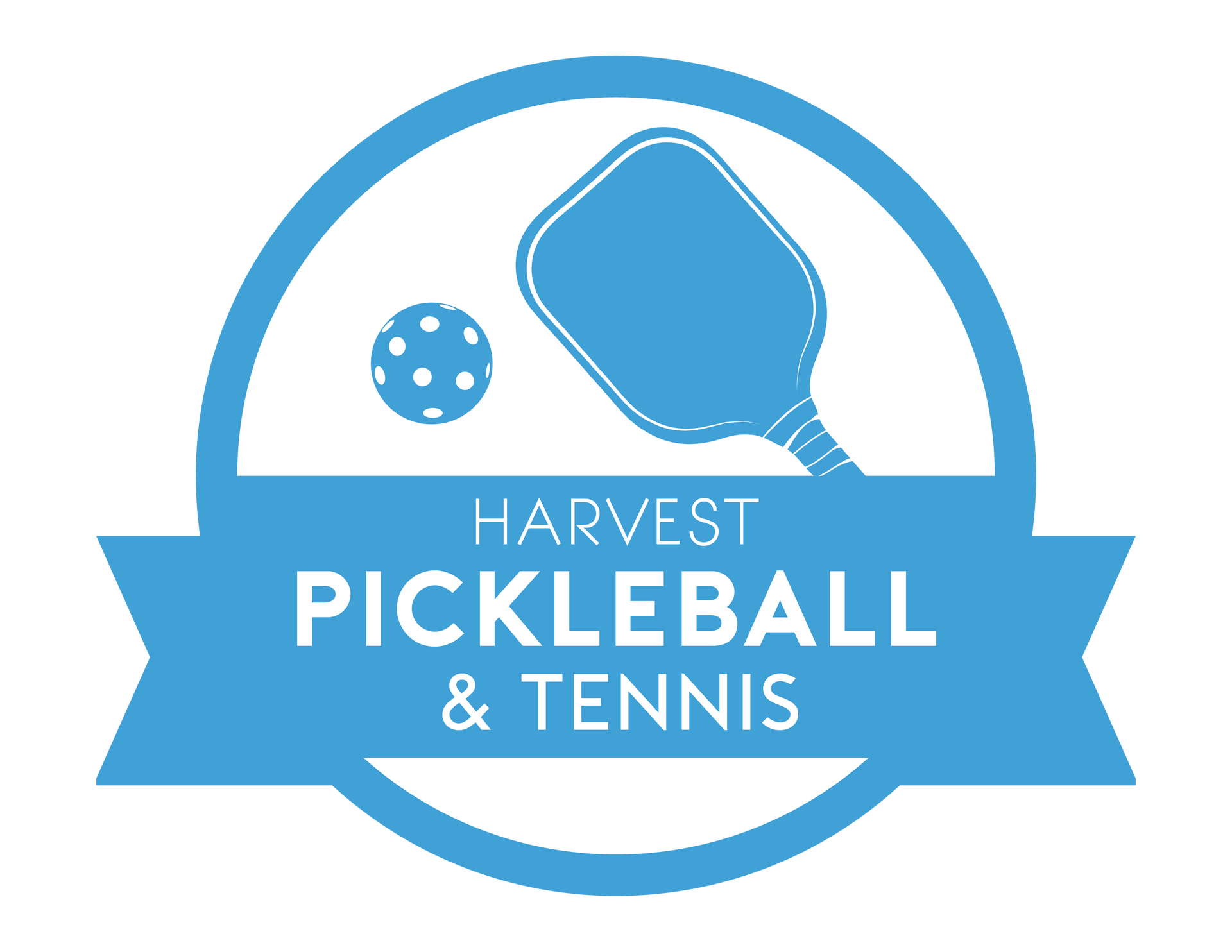Pickleball
You may play with 2 or 4 people per court. Everyone is welcome, though you must have an account to play.
Please bring clean court shoes and your own paddle and balls (facility has some balls and paddles available to use).
READY TO GET STARTED?
Difficulty
All Levels
Refer to the CourtReserve schedule to see the level of play for sign-up groups.
Various drop in/sign up sessions are geared towards certain skill levels to make it most enjoyable for people. If you are uncertain of your skill level, a club representative could assist with an assessment based on USA Pickleball's guidelines and an understanding of our club's sessions typical level of play. Relatedly, a club assessment may be required to attend higher level sessions.
Price
See Pricing Options
Location
Harvest Pickleball & Tennis
320 S 17th St. Ames, IA
LEARN PICKLEBALL
New to pickleball? You're in the right place. Pickleball is one of the fastest-growing sports in the country because it's easy to learn, fun to play, and a great way to meet people of all ages..
"How to play pickleball in under two minutes"
- The layout of the pickleball court (lines, zones)
- How to serve (and basic serve rules)
- Faults you should avoid
- The "two bounce rule" (each side must let the ball bounce once before volleys"
- The non-volley zone, aka "the kitchen"
- A bit of clean-up rules/extra notes
